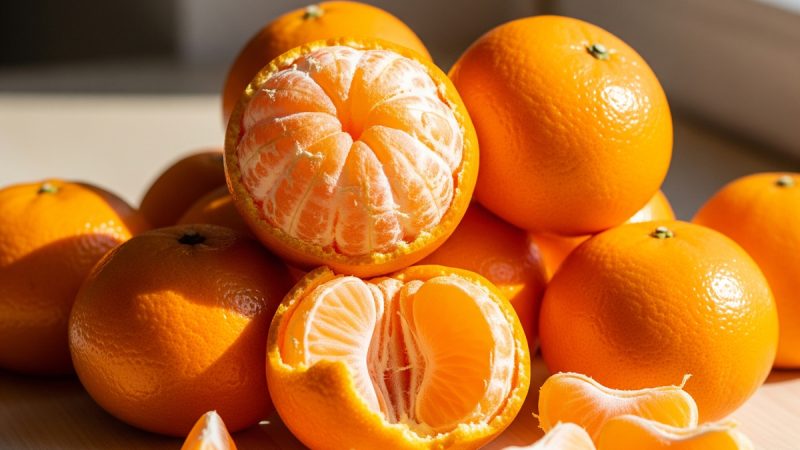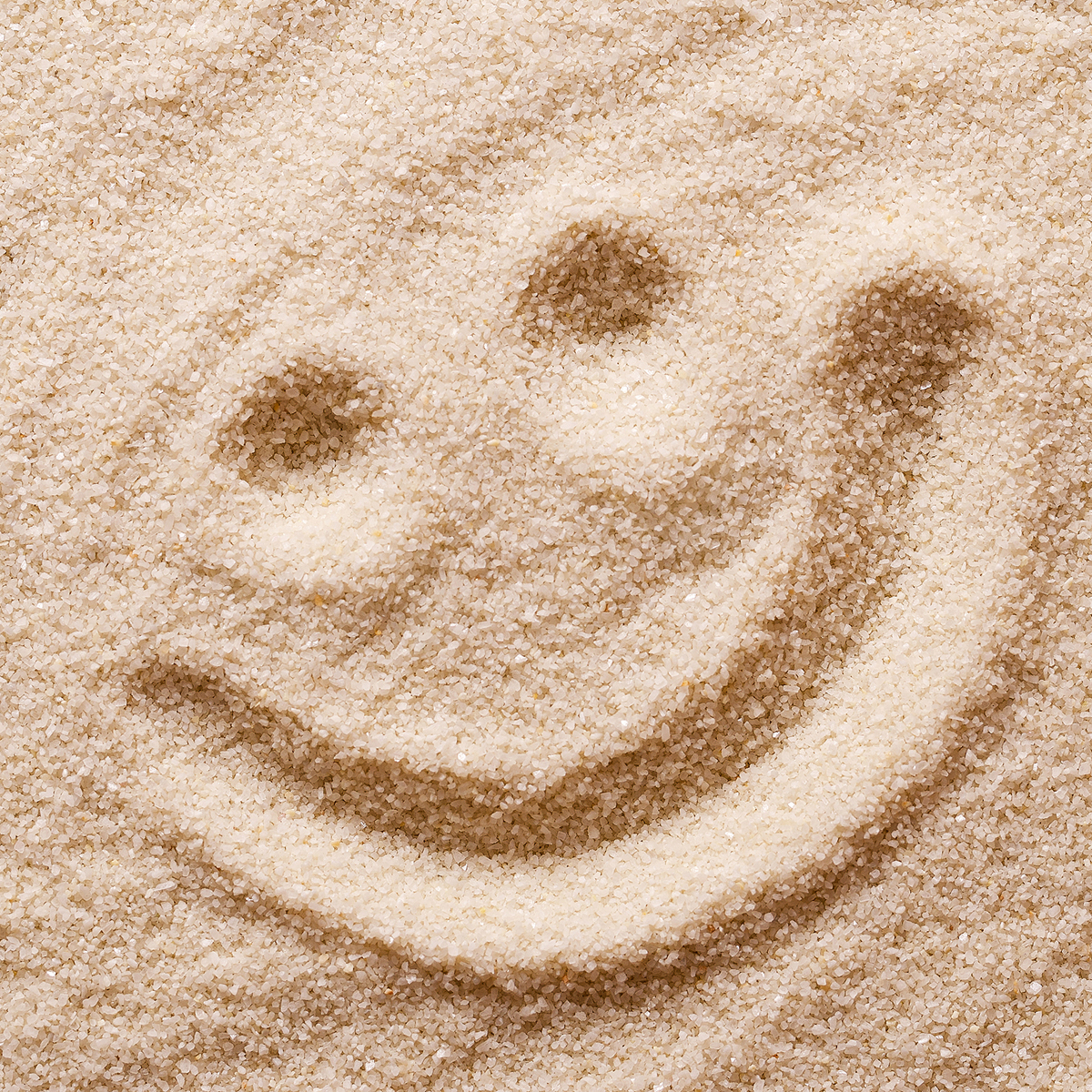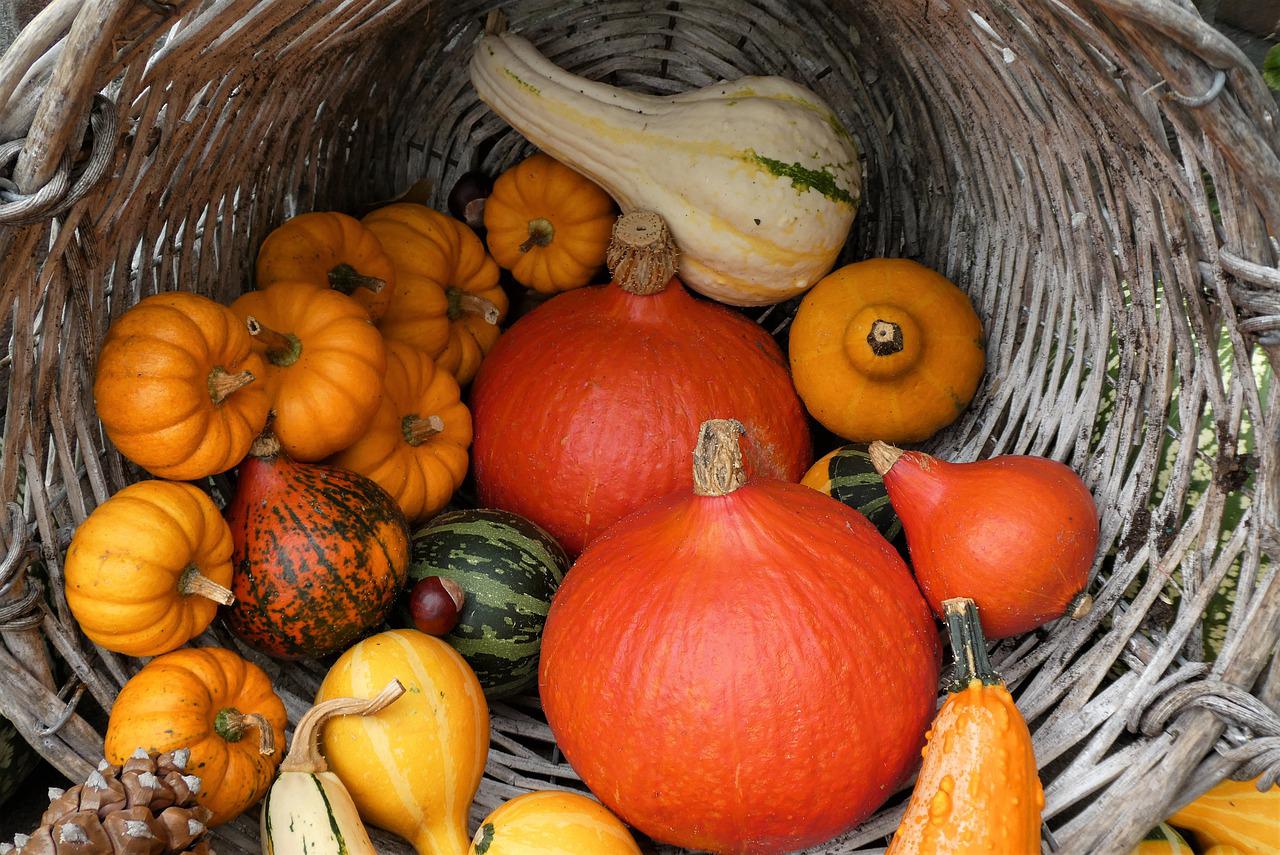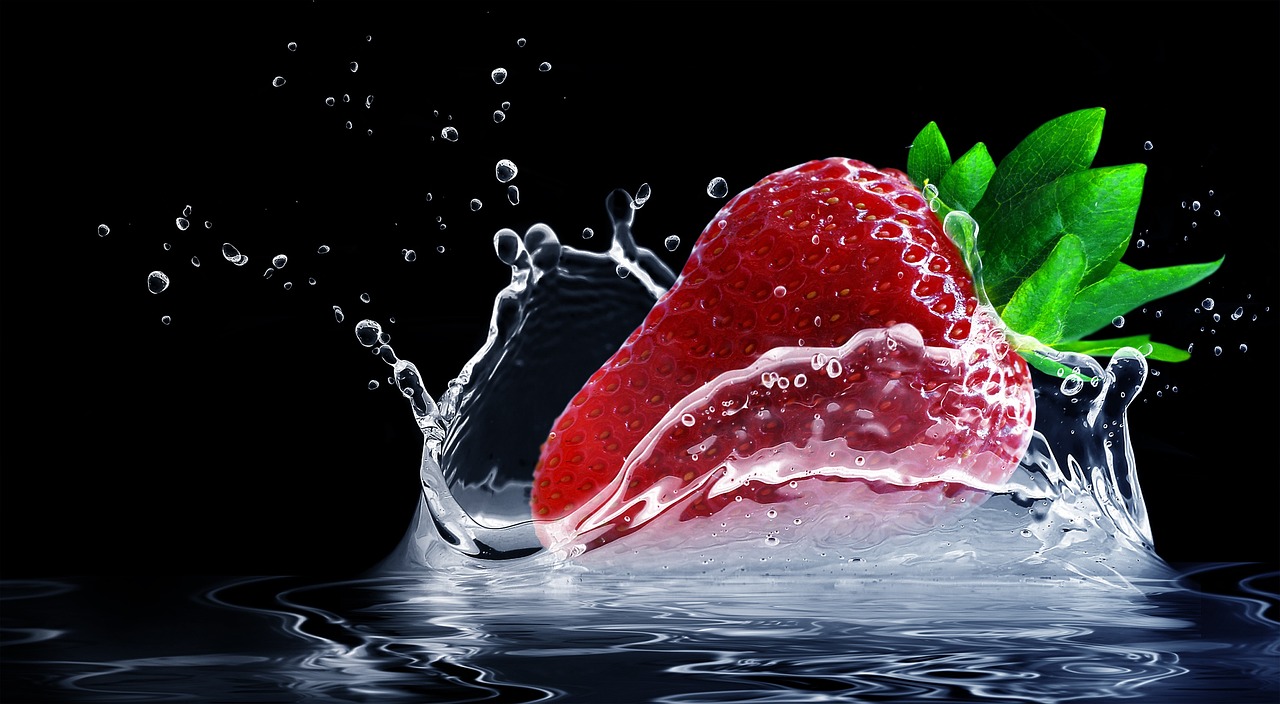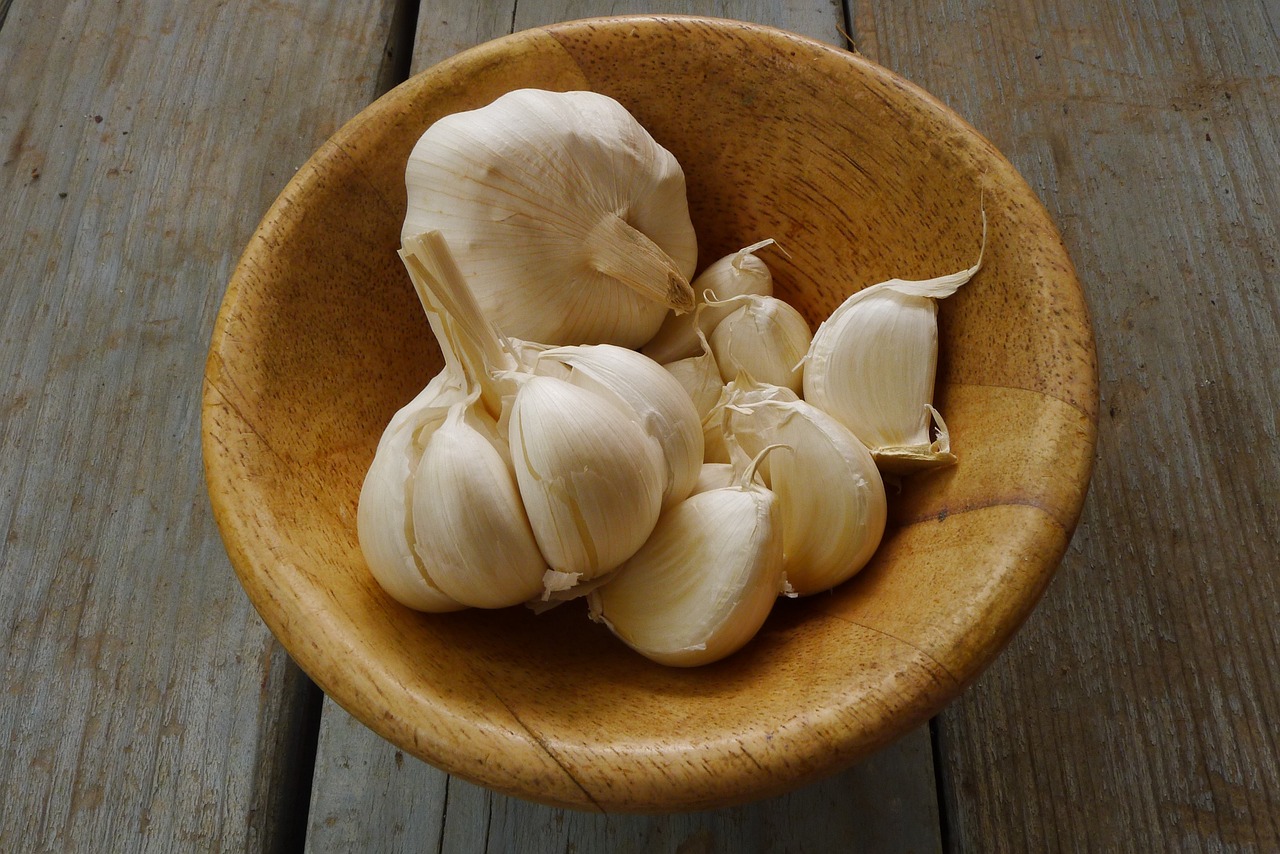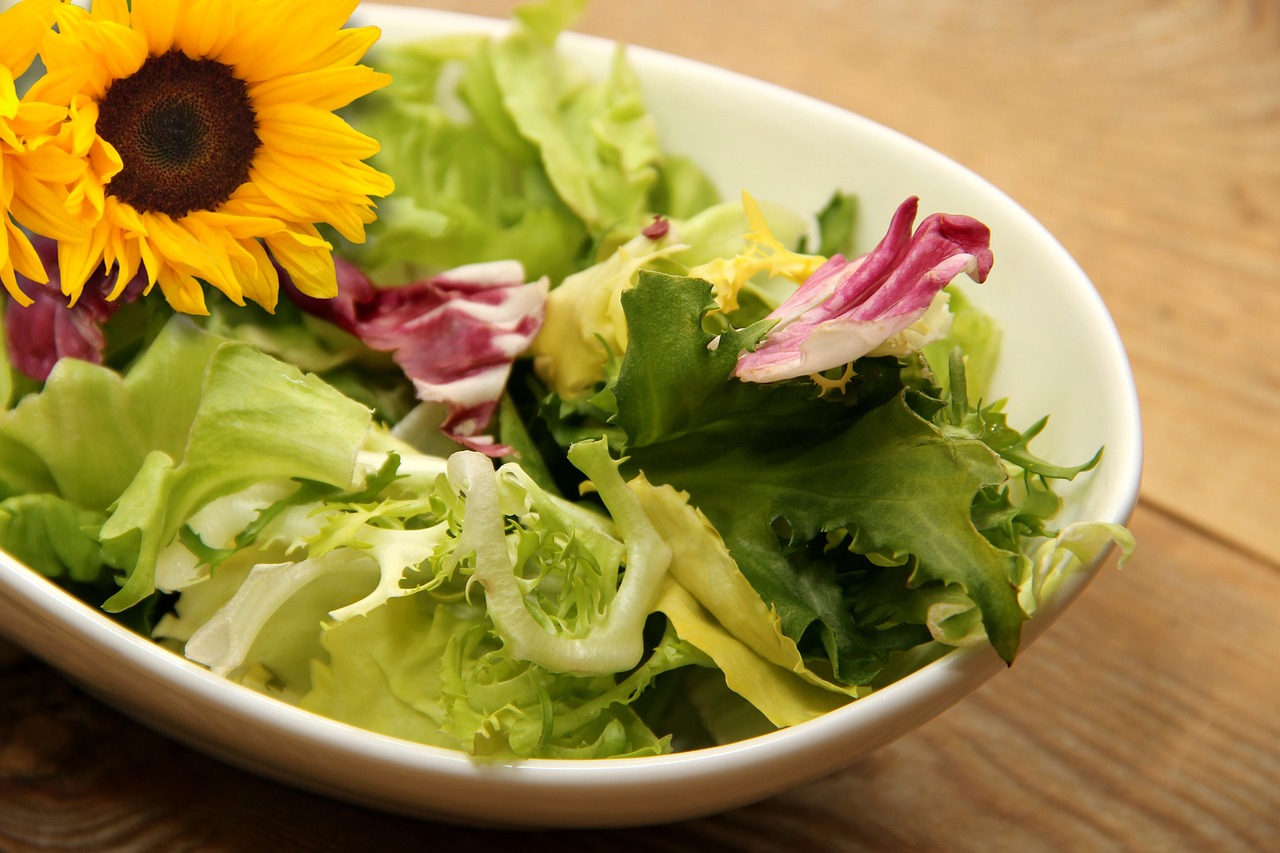How Chemicals and Pollutants Get into Our Bodies
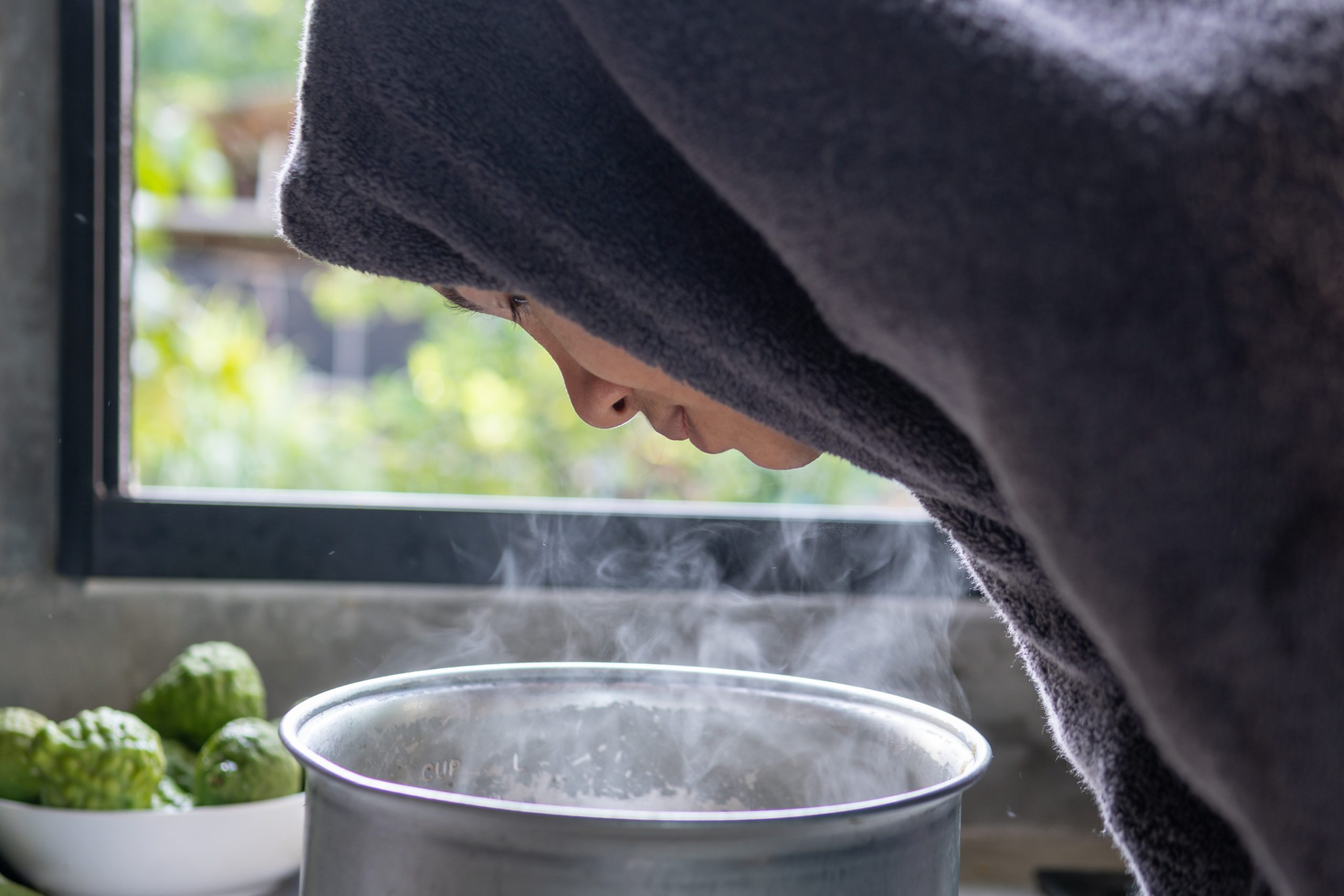
We do many things to take care of ourselves and those around us, like staying active, eating healthy and keeping our homes safe. Yet we are regularly exposed to chemicals and pollutants in air, food, water and in the products we use in our homes. Most of these chemicals are harmless, but others can pose a health risk if we don’t learn how to protect ourselves. Here’s what you need to know about how we are exposed to the chemicals around us.
Ingesting
Ingesting just means eating or drinking. Many chemicals can be found in both our food and water sources. As we eat and drink, we might swallow chemicals that can harm us. Children are also at risk of putting things in their mouths that aren’t food or drink, including flakes of lead paint, colorful detergent pods and household cleaning supplies.
Inhaling
Inhalation is breathing in. The chemicals and pollutants we breathe in end up in our lungs and can end up in our blood. This can include anything from second-hand smoke or paint fumes, to odorless, tasteless chemicals like radon or carbon monoxide.
>>Get Rid of Poisons and Toxins in Your Home with House Plants
Absorption
Finally, chemicals and other pollutants can enter the body through absorption. That’s when something comes in contact with your skin or eyes. These organs can be more sensitive to pollutants and may react more quickly than the rest of our bodies.
Risk Factors
The impact a chemical or pollutant has on your health depends on many factors, including the type of substance you were exposed to, how long you were exposed and your age and general health. Some exposures may have an immediate impact, such as nausea and vomiting or a chemical burn on the skin. Others may have longer-term impacts such as cancer or organ damage.
Some groups of people are more likely to face serious harm including the very young or very old, and those who are pregnant or have certain pre-existing medical conditions.
If you suspect someone’s ingested a toxic substance, seek medical attention or call Canada’s new toll-free number immediately for advice: 1-844-POISON-X (1-844-764-7669). In Quebec, call 1-800-463-5060. Any information you have about the product and exposure time can help determine the best treatment.
The Author:
Learn more about the pollutants in our daily lives and how to avoid them at canada.ca/healthy-home.
Source and Photo. (NC) www.newscanada.com


